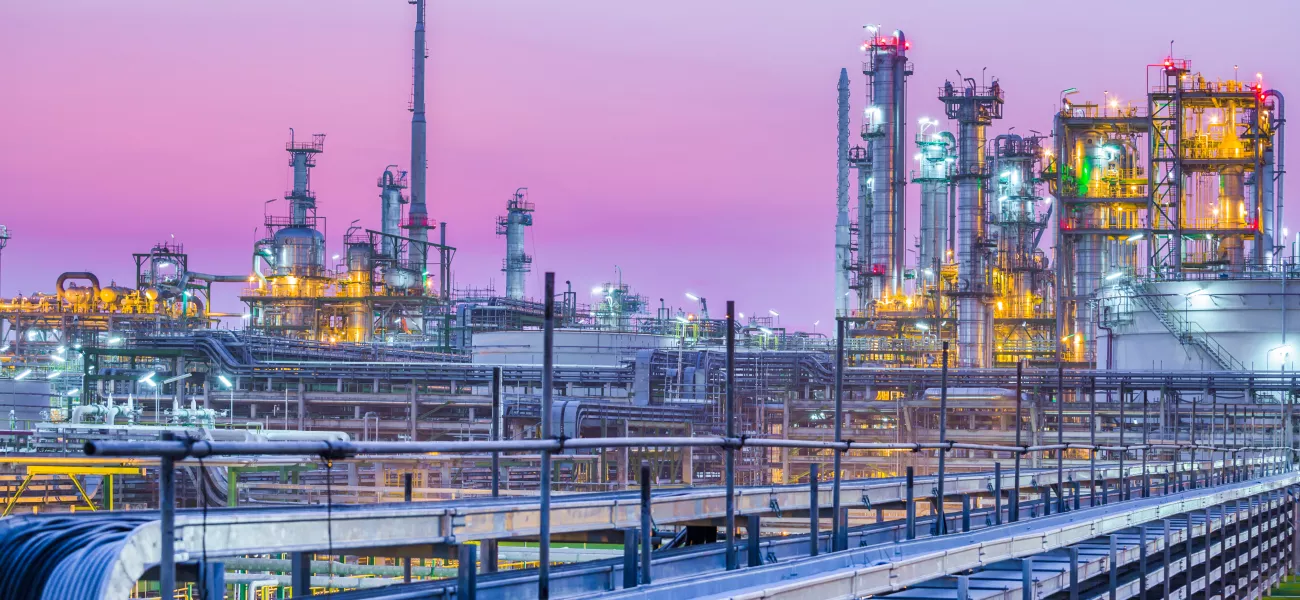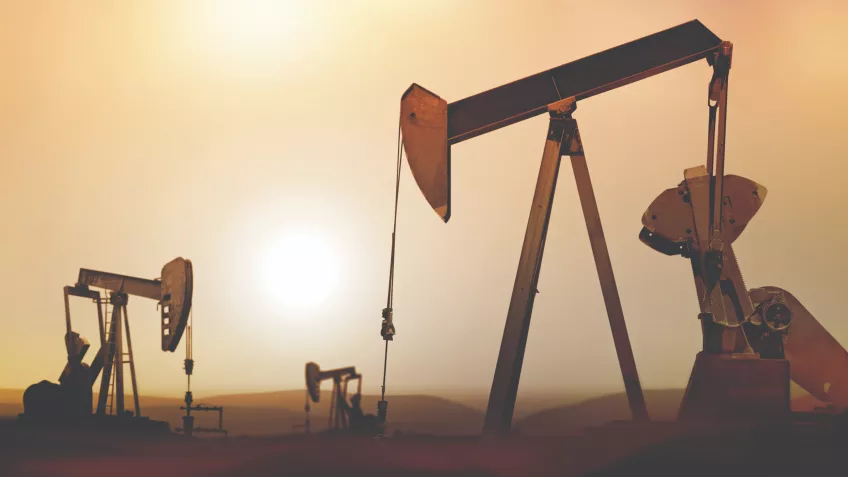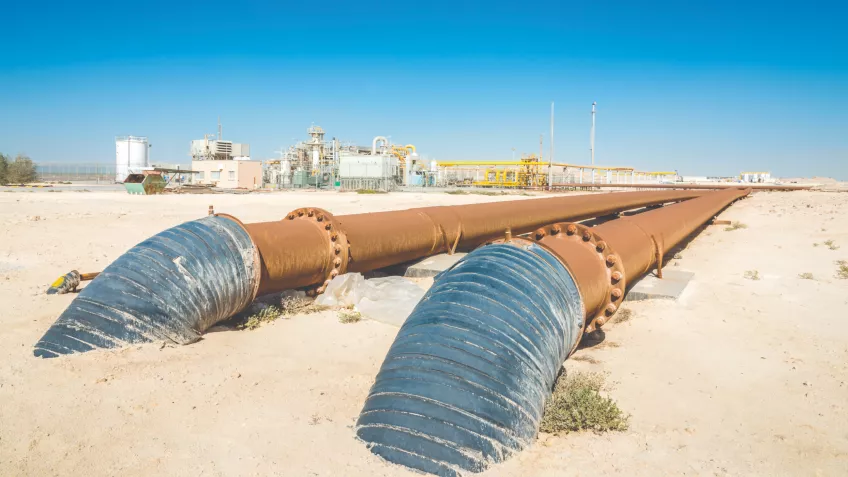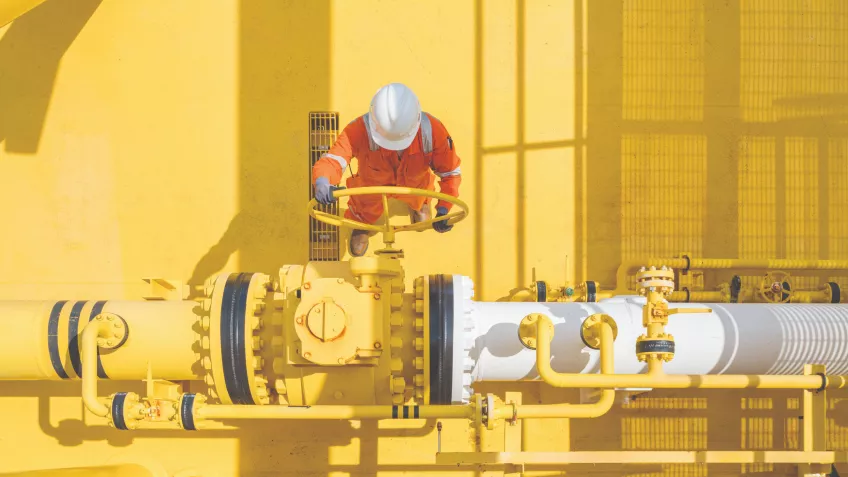
Its name highlights its importance. Critical Infrastructure is defined as those systems, networks and assets that are essential for the functioning of a society and economy. Areas of Critical Infrastructure include the provision of energy, the extraction and production of oil and gas, mining, telecommunications, water treatment and sewage, food production, and manufacturing. All of these areas are central to the successful functioning of a nation’s economy, society and security. For once, the hyperbole of the word ‘critical’ is well-deserved.
Every nation, therefore, is focused on how it protects its Critical Infrastructure, but while the broad definition remains the same, what each nation defines as its most Critical Infrastructure can change due to local economic and environmental aspects. The Oil & Gas sector is the perfect example of a complex area of Critical Infrastructure, and where any disruption to the process of its discovery, extraction, processing and transportation can have a significant impact on the country’s ability to function, its economy and GDP.
In this post we look at how intelligent video and audio solutions can be used to keep people involved in the Oil & Gas sector safe and operations kept secure throughout the entire production process.
From the point of first drilling, safety at the forefront
Since these critical sites are hazardous in nature due to the handling of complex hydrocarbons, the drilling rigs are carefully segregated by area classifications and zone and divisions, each of which creates specific demands for safety and security. Our extensive experience in working in the Oil & Gas sector and understanding of the relevant worldwide certifications in relation to surveillance cameras allows us to make recommendations for the most appropriate camera and solution for classified areas. For instance, in the most hazardous environments, explosion-protected cameras are specified. Not only do these models feature hardened casings to protect the camera in extreme weather conditions, but the casing is also designed to ensure that the cameras cannot create a spark that could cause an explosion itself.

This initial period of drilling to verify the presence and volume of oil and gas can often last two months or more, and operates 24 hours a day, seven days a week. Thermal cameras are an essential part of the solution, therefore, operating as they can do in total darkness and being able to create alerts in relation to anomalies in heat, such as leaks and fire. These thermal cameras can provide early detection of internal erosion of high-pressure lines which might result in leaks or line bursts, further exposing workers to high-pressure hazards.
Keeping watch over wellheads in extreme conditions
Each oilfield can feature tens or even hundreds of wellheads; the complex valve and piping structure at the top of the drill-hole - commonly called the ‘Christmas Tree’ - which manages the flow of the fluid and gas from the production well, among other functions. Wellheads are unmanned but critical, and need constant monitoring to reduce the risk of failures and allow for preventative maintenance.
Again, a combination of both video surveillance and thermal cameras is the ideal solution to wellhead monitoring: thermal cameras being able to spot leaks, with high-quality video surveillance cameras being used to cross-verify and allow for action and response. This improves operational efficiency through not only prompt repair and resolution to minor issues before they become major, but also in the deployment of personnel across what can be extremely large oil fields.
Oilfields can also be exposed to some of the most extreme weather on the planet: heat, fog and sandstorms are common on land, while severe storms are common around offshore platforms. It is essential, therefore, to use cameras that have been specifically designed to withstand such conditions, and use materials which are resilient against extreme heat and cold, dust, sand and saline.
Perimeter protection at the processing plant and tank farm
After extraction from the ground, the oil is transported to a processing facility where it is filtered, cleaned and turned into exportable crude oil. These processing facilities are the biggest aspect of investment in upstream development. Whether onshore production and processing facilities or offshore artificial islands and super complexes, they generally represent multibillion-dollar investments. The desire to protect the plant from physical attack is therefore understandable, and surveillance cameras used throughout for protection of the plant’s perimeter to create alerts and, if necessary, activate security personnel. These will also be combined with audio technologies, with loudspeakers used for automated warnings to people entering restricted areas as well as live talk-down by operators to unauthorized people seen near the plant’s perimeter.

Within the processing plant itself, video cameras will again be used to verify that important HSE processes are being adhered to, with thermal cameras again employed to monitor for leaks and the relative temperature of fluids in the plant’s piping, raising alarms when these move beyond defined parameters. In combination with other sensors, video cameras can also be used within plants to verify gas leaks and evacuate before these become dangerous to the health of personnel.
After processing, the crude oil is transported via pipeline (often hundreds of kilometers in length) typically to the coast, where it is stored ready for transfer to oil-tankers. The exportable crude oil is stored in areas consisting of hundreds of storage tanks known, appropriately enough, as tank farms. These tank farms are critical in terms of keeping the crude output safe from oil leaks, fire hazards and even possible attacks designed to disrupt the overall Oil & Gas industry supply chain. These sites are monitored 24/7 by homeland security personnel and a continuous patrolling of the perimeter a key part of security guidelines. An integrated intelligent perimeter solution which combines both thermal cameras for precise detection of potential intruders and high zoom PTZ (pant-tilt-zoom) cameras to identify the intrusion, with the additional benefit of audio for prerecorded and live warnings, provides an effective solution for day-to-day security operations. Additional analytics technologies embedded into high-powered surveillance cameras – such as drone detection and monitoring – can allow operators to mitigate the risks of attack before too late.
Safe and secure transportation

The oil tankers used to ship crude oil across the globe are enormous; often hundreds of meters in length but manned by a relatively small crew. Any failure or leak can be disastrous for the ship’s crew, its operator and the environment. Again, intelligent network cameras and analytics can give early warning of any issues on oil tankers and support a rapid response, such as man overboard detection and rescue, and prevent catastrophic accidents, particularly while berthing and unberthing.
While the Oil & Gas industry represents just one example of the numerous sectors regarded as Critical Infrastructure, it highlights many of the aspects of safety and security common to all areas of such high importance to nation states, their economies, their security and their citizens. Even though every sector of Critical Infrastructure will have its nuances, each will benefit from the intelligent use of network cameras and analytics.
